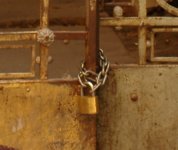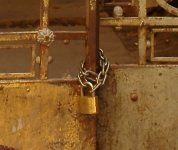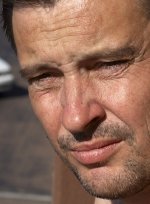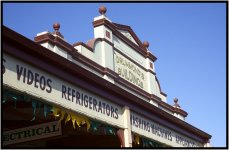georgef
Well-known
Hi everyone,
I have in p-shop set up a command tree I like to use on almost all RD-1 images before cataloguing; upon close inspection, zooming to a high magnification in the image, I find I see the out-of-focus before I see the pixelation.
Let me explain: I used to have the NIKON D100, which has the same sensor as the RD1. When I zoom into those images I see the pixelation before the out-of-focus. By that, I mean if I keep on zooming in, I start seeing the individual pixels but the image seems still in focus. This is not the case with the RD1. It starts to look soft before I get to the individual pixels. Its as if I cannot get the same degree of focus with it that I did with the D100.
I thought it may be that the RD1 needs adjustment for focus, which I will attempt tomorow.
I was just wondering if anyone else noticed this.
I have in p-shop set up a command tree I like to use on almost all RD-1 images before cataloguing; upon close inspection, zooming to a high magnification in the image, I find I see the out-of-focus before I see the pixelation.
Let me explain: I used to have the NIKON D100, which has the same sensor as the RD1. When I zoom into those images I see the pixelation before the out-of-focus. By that, I mean if I keep on zooming in, I start seeing the individual pixels but the image seems still in focus. This is not the case with the RD1. It starts to look soft before I get to the individual pixels. Its as if I cannot get the same degree of focus with it that I did with the D100.
I thought it may be that the RD1 needs adjustment for focus, which I will attempt tomorow.
I was just wondering if anyone else noticed this.








